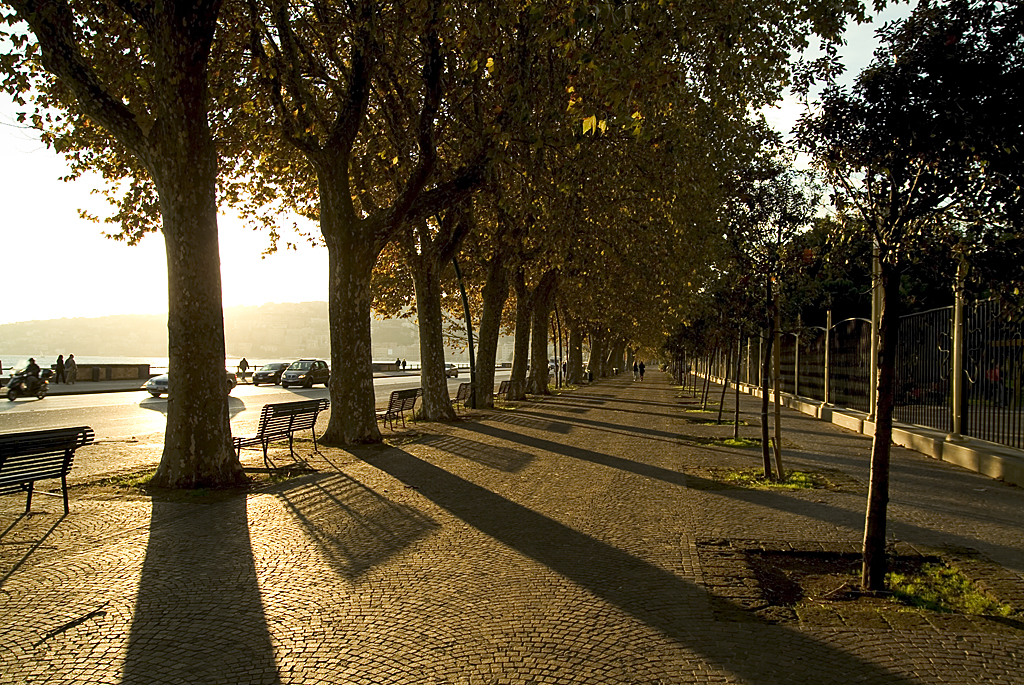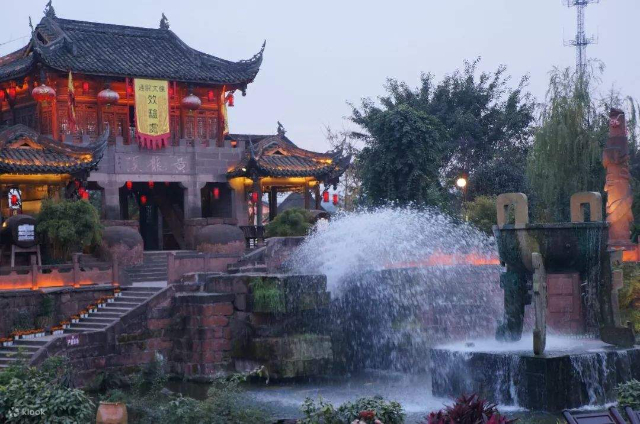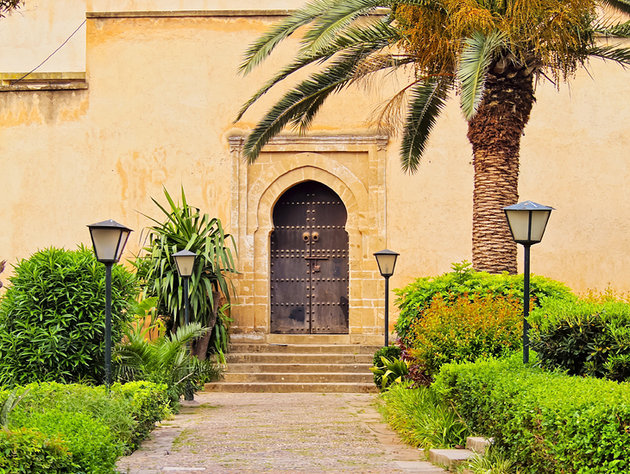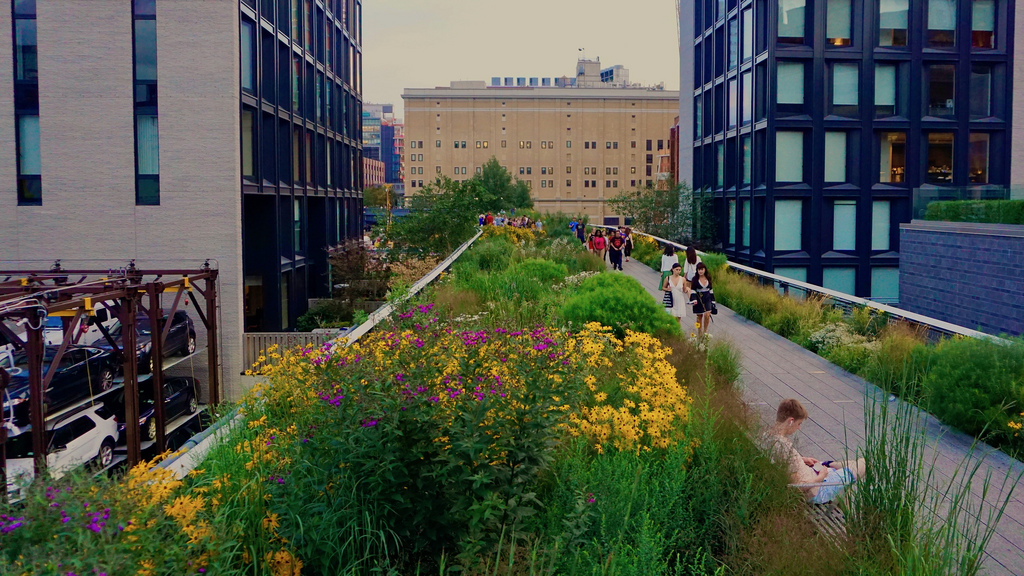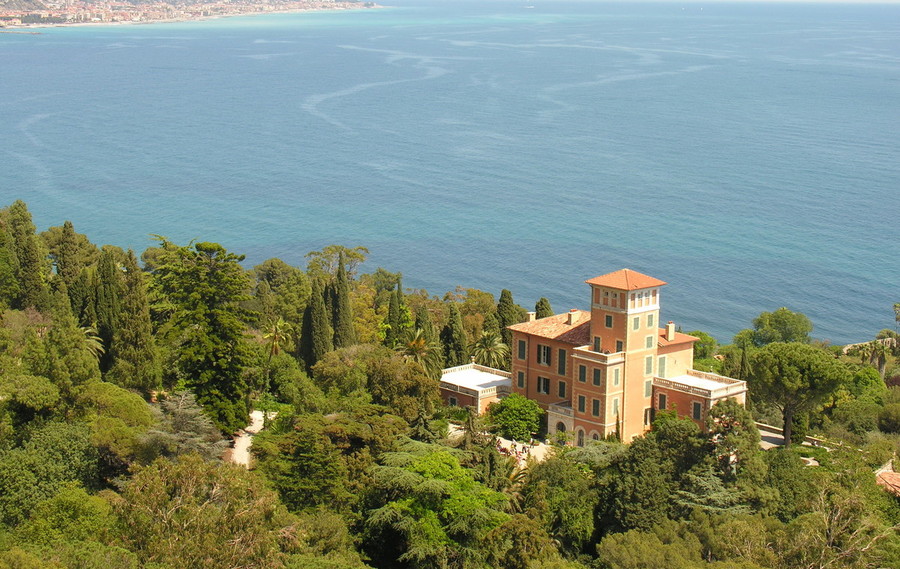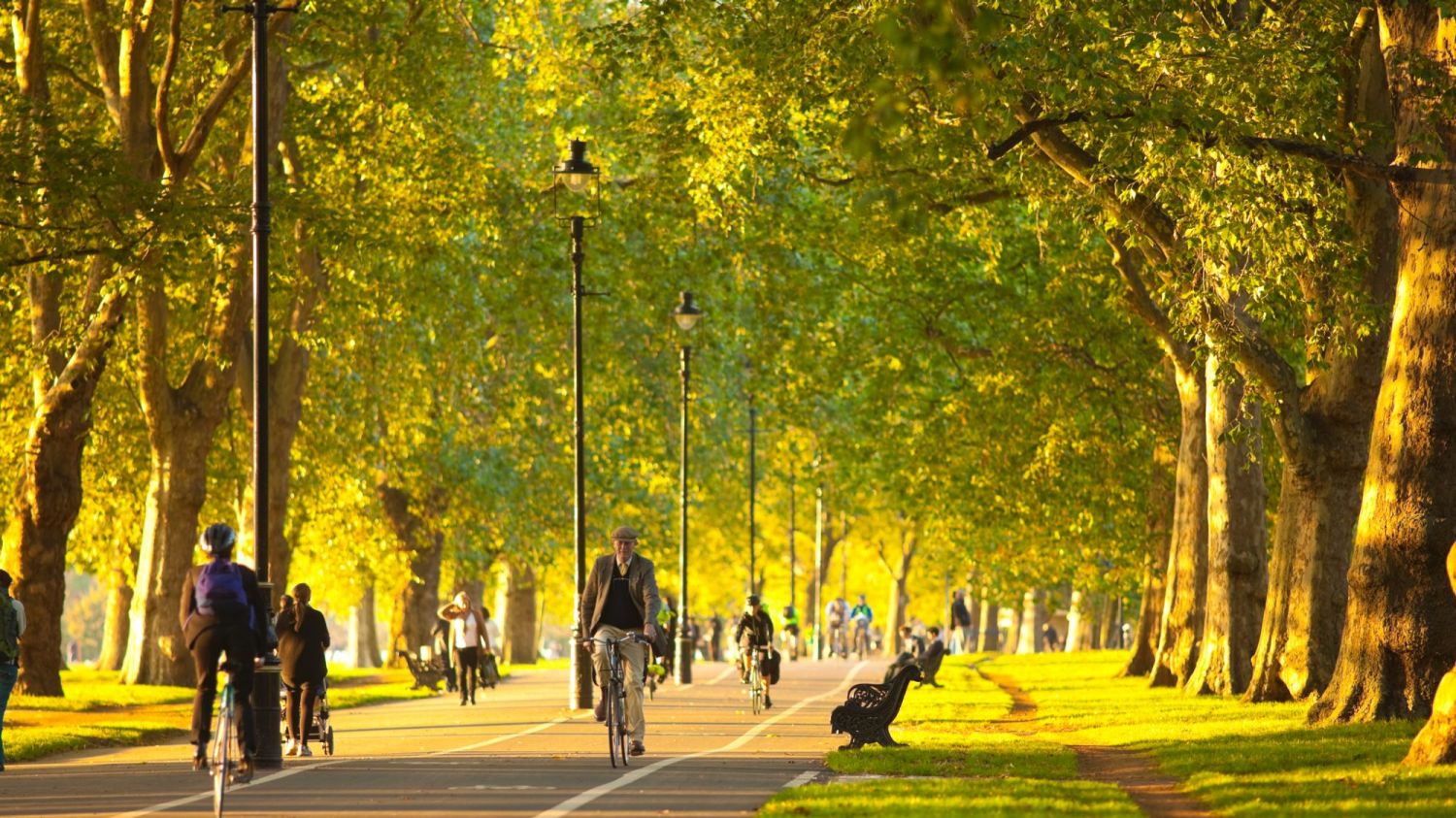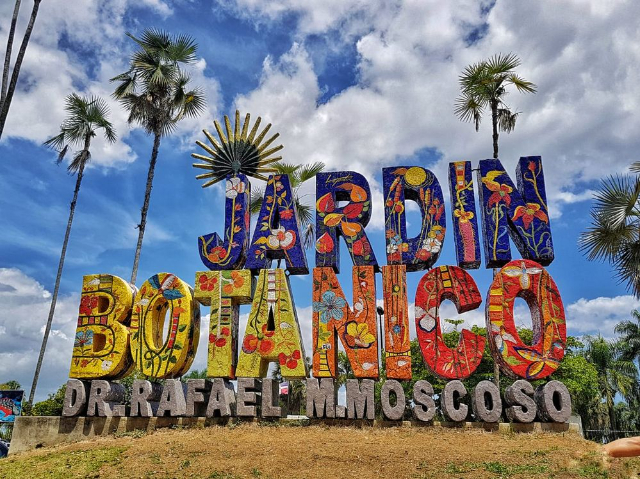The Villa Comunale, built by Carlo Vanvitelli and the gardener Abate, at the behest of Ferdinand of Bourbon. The Royal Villa, inaugurated in 1781, was enlarged in the following century. Among the pines, araucaria, palms and eucalyptus trees in the park there are sculptures from the 19th and early 20th century and fountains, including that of the "Paparelle", placed here in 1825 to replace the sculptural group of the Toro Farnese transferred to the Archaeological Museum. The Villa Comunale was the object of a recent restoration that involved the avenues, the sculptures, the fountains, the lighting and the arboreal heritage. A new gate and the current chalets have been designed by Alessandro Mendini; inside the park there is also the Cassa Armonica, an iron and glass structure designed by Enrico Alvino in 1877 and the neoclassical building where the Anton Dohrn zoological station is located. The institution managed by the National Research Centre is one of the oldest and most illustrious in the world. It was founded in 1872-74 by the German Anton Dohrn for the study of the underwater environment. The building, designed by Adolf Von Hidebrandt, was expanded and remodeled in 1888, 1904 and 1957. It houses research laboratories, a small marine natural science exhibition and the oldest aquarium in Europe, dedicated to the species of the Gulf of Naples. The frescoes of marine and rural subjects, which Hans von Marées painted in the reading room of the library in 1873, bear witness to the attention of Nordic culture to the Mediterranean landscape.
